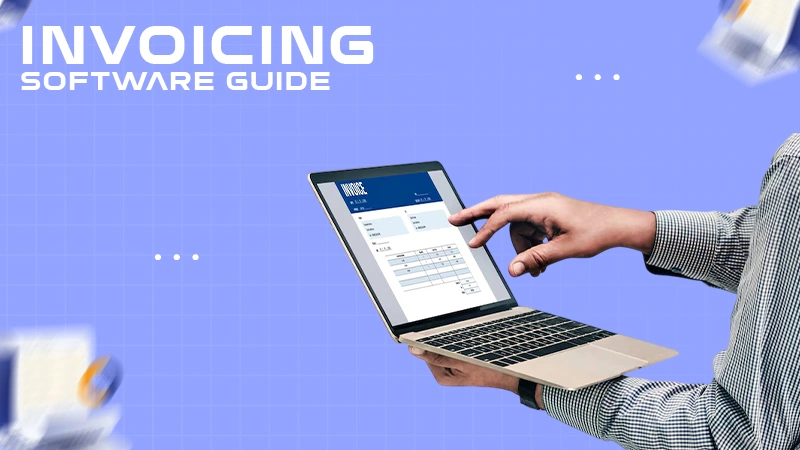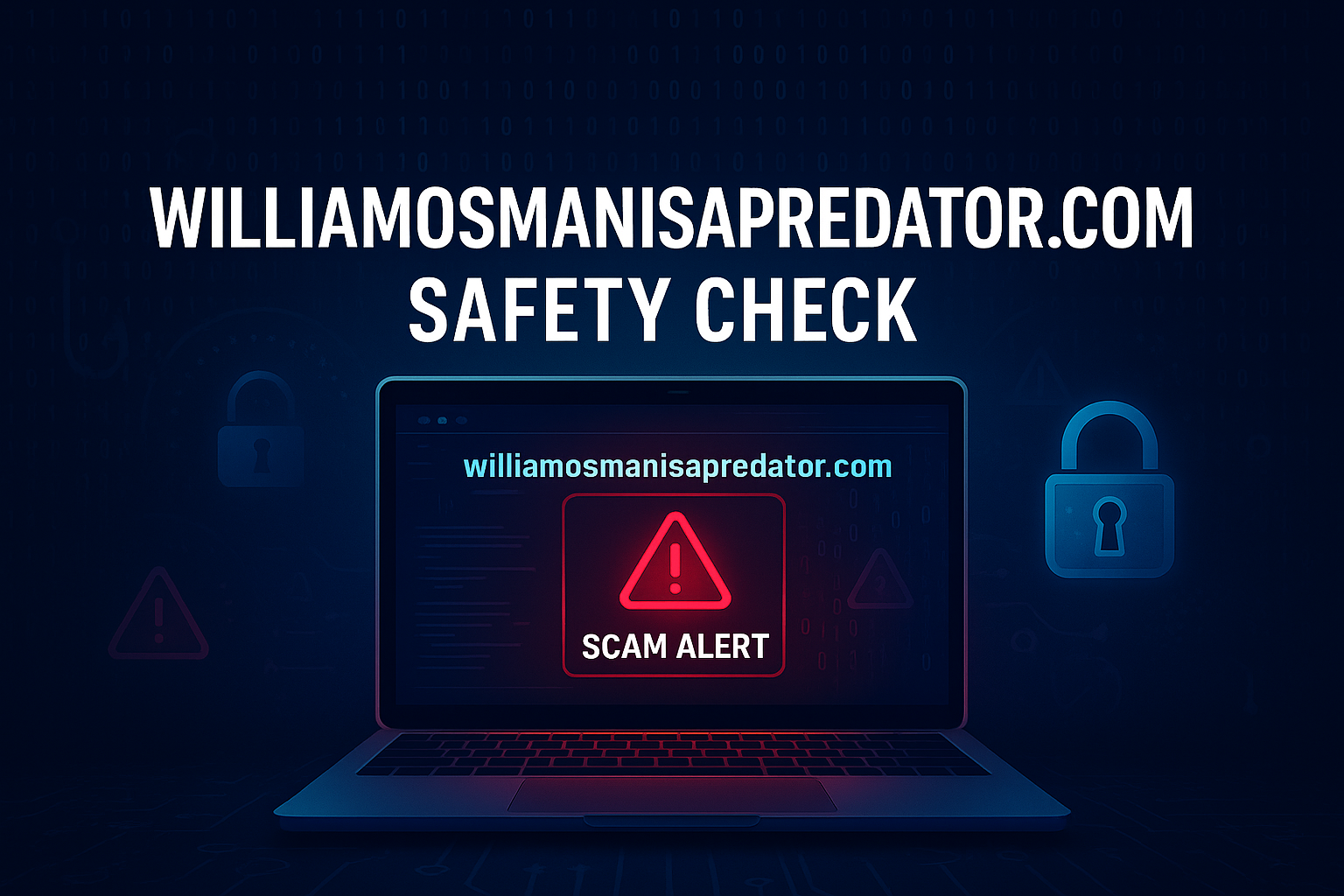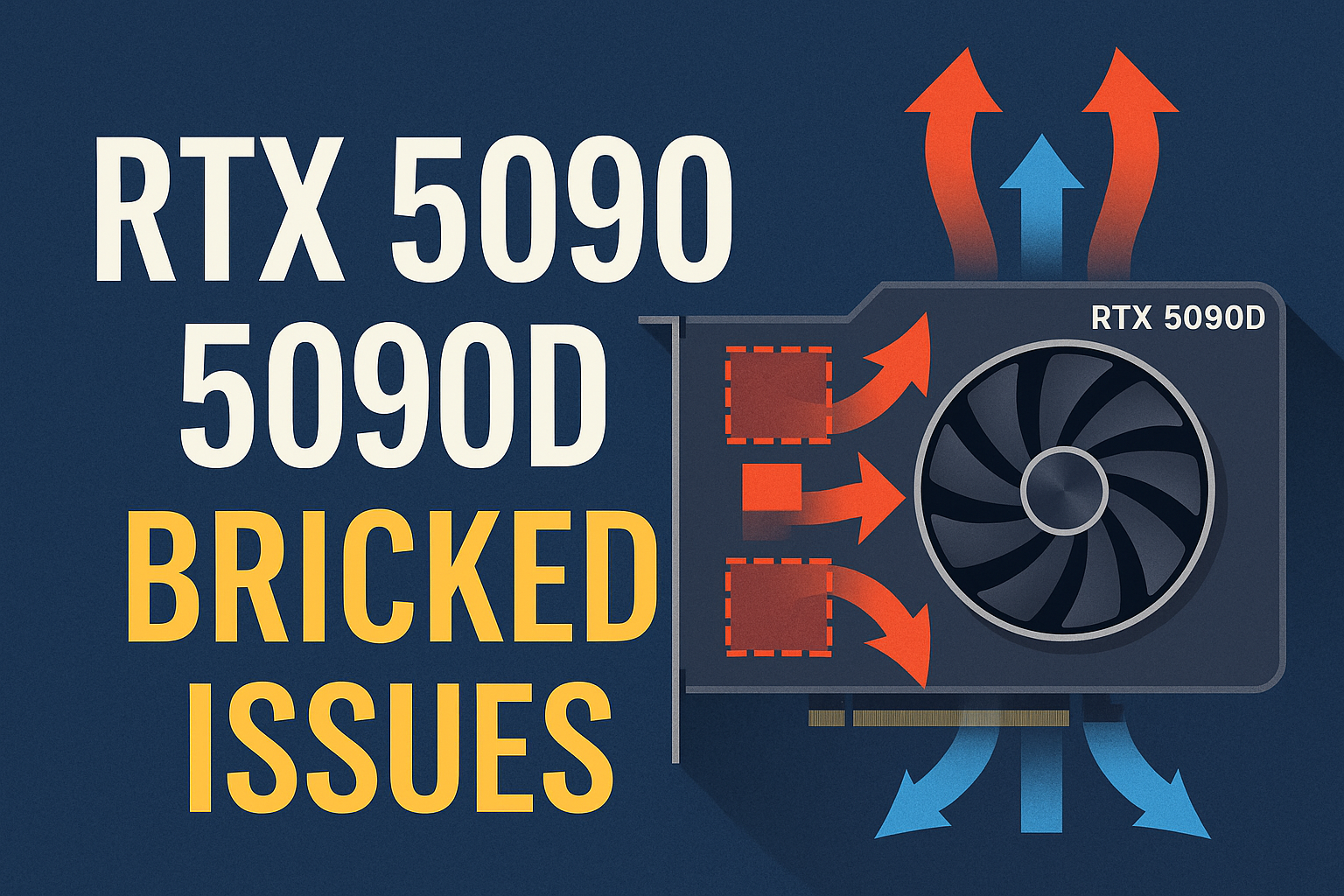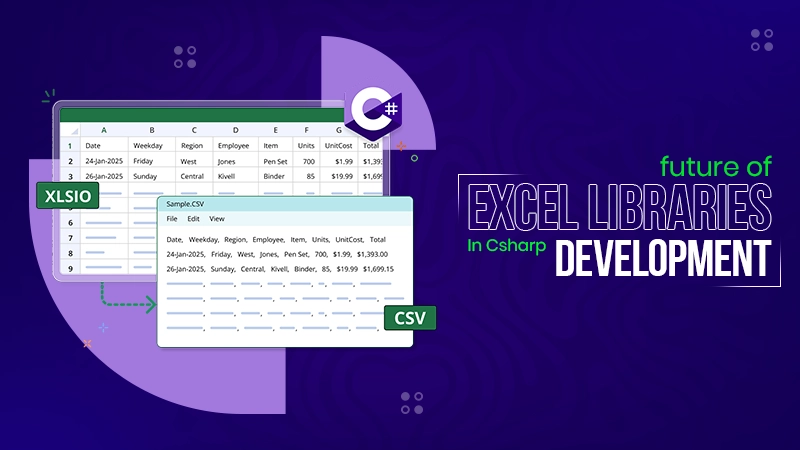“Email has an ability many channels don’t: creating valuable, personal touches—at scale.” — David Newman (Music Composer)
Welcome to your comprehensive guide to mastering direct mail marketing for e-commerce businesses. In a world where digital fatigue is real, and the battle for consumer attention is fierce, direct mail offers a refreshing and effective marketing strategy. It’s not just about sending a physical piece of promotional material; it’s about creating a tangible connection with your potential customers.
In this guide, we’ll explore the ins and outs of direct mail campaigns, from understanding why they’re effective to creating your own successful campaign. We’ll delve into the benefits of direct mail for ecommerce businesses, including lead generation, customer loyalty, and reaching a large audience. Plus, we’ll share innovative direct mail ideas and best practices to help you grab attention and save money.
Whether you’re new to direct mail marketing or looking to enhance your current strategy, this guide is packed with inspiration and resources to help you make the most of this powerful form of marketing. So, let’s dive in and start exploring the world of direct mail marketing. Also, learn about Boosting Your Business with Facebook Marketing by reading this article.
Understanding Direct Mail Marketing
In the realm of marketing, direct mail holds a unique position. It’s a traditional method that has evolved to stay relevant in the digital age. This section will delve into the intricacies of direct mail marketing, exploring its definition, purpose, and effectiveness. We’ll unravel why this form of marketing continues to be a powerful tool for businesses, even in an era dominated by digital communication.
What is Direct Mail Marketing?
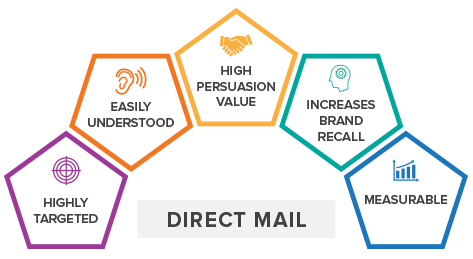
Direct mail marketing, often dubbed as ‘junk mail’, is a unique form of promoting your business or offering that employs physical promotional material mailed to potential customers. This uncalled-for arrival form of marketing garners reactions ranging from surprise to curiosity, and if done right, could lead to valuable customer engagements.
The promotional material sent varies from brochures, newsletters, postcard direct mailers to coupon packages, each customized to stir up a sense of personalized touch. Far from being intrusive, direct mail marketing aims to elicit a response, may it be a click on the company’s website, purchase of a product, or completion of a survey.
Highly targeted, this form of marketing zeroes in on a selected audience most likely to show interest. This physically tangible form of engagement serves as a refreshing break from the deluge of digital marketing saturation, standing out in stark contrast.
Crafted with skill and strategy, direct mail marketing can turn the act of receiving mail into a delightful experience, triggering positive emotions and boosting recognition. It’s a marketing strategy that’s tangible, personal, and surprisingly effective in this digital age.
The goal behind a direct mail campaign isn’t to scatter promotions into oblivion, but to thoughtfully drop in valuable entertainment right into a potential customer’s mailbox. This form of marketing has been tried, tested, and has proven to be efficient in not just leaving an impression but in driving tangible action.
Why is Direct Mail Marketing Effective?
Direct mail marketing is an undeniably effective form of marketing quite simply because it cuts through the clutter. Amid the barrage of digital advertisements people are exposed to daily, a piece of physical mail is considerably more noticeable.
In addition to visibility, direct mail marketing is also effective in immediately commanding attention. As research indicates, almost half of the recipients either read or scan their marketing mail. The tangible nature of mail makes it harder to dismiss or forget, leading to better brand recall.
Another point that tips the scale in favor of mail marketing is its selectivity. An effective marketing campaign isn’t about reaching the biggest audience possible, but in reaching the right audience. For example, digital marketing with orthopedic professionals can be enhanced by targeting specific demographics that are more likely to need orthopedic services. Direct mail marketing stands out in this area, offering the ability to target specific demographics and locations.
Crucially, direct mail marketing is a tool that can effectively engage the target audience. Not only does it invite them to interact with the brand, but it also, due to its unobtrusive nature, doesn’t annoy or irritate recipients like overzealous digital ads can.
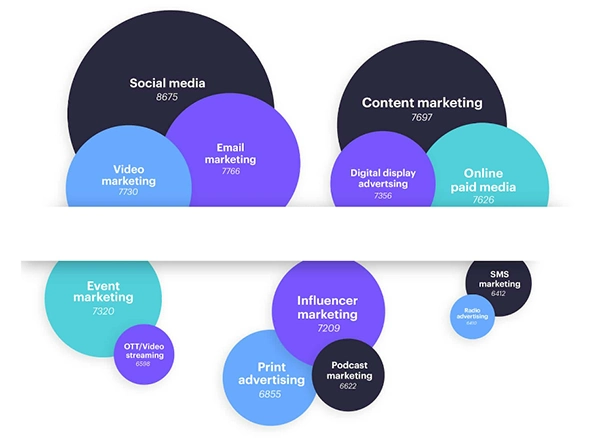
Benefits of Direct Mail Marketing for Ecommerce Businesses
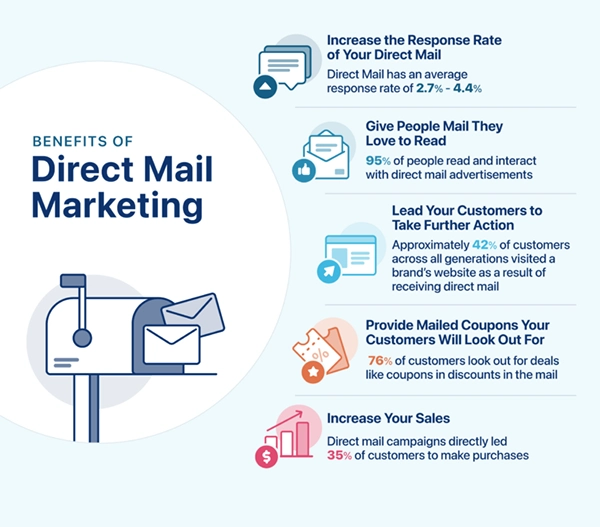
In the digital age, the power of direct mail marketing for ecommerce businesses is often overlooked. However, this traditional method of marketing holds a unique charm that can significantly benefit your business. From fostering customer loyalty to generating leads and reaching a broad audience, direct mail marketing can be a game-changer for your ecommerce venture. Let’s delve into the benefits of this tried-and-true marketing strategy.
Increasing Customer Loyalty and Retention
Direct mail marketing is a gem when it comes to fostering customer loyalty and retention. It’s personal, tangible, and direct – three attributes that can make a loyal fan out of a customer. Offering a heartfelt ‘thank you’ via a handwritten note, for instance, can foster lasting brand affinity.
Segmentation plays a vital role here. It’s necessary to tailor your retention campaign to align with specific customer characteristics. By classifying your customers into specific groups based on unique traits, you can configure your messages to cater explicitly to their interests.
Moreover, win-back campaigns can potentially yield high return on investment. Just like BOOM! by Cindy Joseph and Obvi did by offering a straightforward discount code to repeat customers who had not made a purchase in a while. The same strategy was used effectively by Beardbrand, resulting in an astounding 11-fold return.
According to a case in 2022, Cunard successfully sold out its Queen Anne 2024 maiden voyage in less than a day – using direct mailing to invite 65,000 interested potential customers and 20,000 loyal customers. Direct mail thus proves its prowess not just in customer retention, but customer engagement too.
To top it off, connecting with the customer at every stage of their journey adds value. It’s about providing a personalized experience – from a shopping cart reminder to a post-purchase thank you note or a welcome campaign for new customers. Truly, mastering direct mail marketing can be the game changer for ecommerce businesses.
Boosting Lead Generation
Direct mail marketing plays a crucial role in boosting lead generation efforts for ecommerce businesses. The beauty of direct mail is that it allows your business to reach a large pool of potential customers, many of whom would never have known about your products or services otherwise. That’s because direct mail breaks through the clutter of digital communication where your message could easily get lost.
One of the key strengths of direct mail is its tangible nature. People can hold it, feel it, and even smell it, creating a multi-sensory experience. The physicality of the mail piece contributes to the viewer’s memory recall and allows for a deeper level of engagement, which can lead to better lead generation than digital-only methods.
Pro tip: Innovate your approach by including QR codes or simple short links to direct customers straight to your site. This not only turns your mail into an interactive platform but also enables the tracking of the engagement of your campaign.
Consequently, direct mail adds a personal touch to your communication, making customers feel special and appreciated. This sense of personal recognition, in turn, increases the likelihood of turning prospects into actual buyers.
Reaching a Large Audience
Direct mail marketing serves as a potent tool for reaching a wide expanse of audience. It allows ecommerce businesses to extend their reach beyond the digital landscape. Stepping beyond the online market, direct mail opens up avenues to millions of potential customers who might not be as active online, or who simply prefer tangible mail.
With direct mail marketing, businesses are not limited to online algorithms which often orient businesses towards a specific cluster of users. This broadened outreach garners a diverse audience, giving businesses a better chance to grow exponentially.
Another advantage of direct mail marketing is that it can conveniently incorporate specific geographic targeting. Be it a certain neighborhood, city, or state, direct mail marketing enables you to zero in on precise locations effortlessly.
Tailoring your campaigns for optimal reach, through remembered demographics, also results in direct mail leaving a far more lasting impact than digital alternatives. Handling a physical copy can spur a more interactive and engaging response from potential customers.
Creating a Successful Direct Mail Campaign
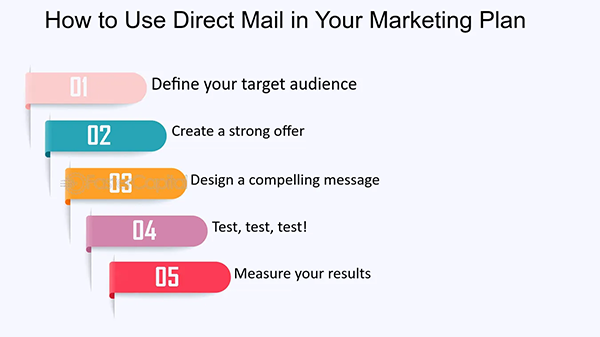
Creating a successful direct mail campaign is a multi-step process that requires careful planning and execution. It’s not just about sending out mailers, but about reaching the right audience with a compelling message that prompts action.
In this section, we’ll delve into the key steps involved in creating a successful direct mail campaign, from building a targeted mailing list to designing an effective marketing campaign and executing it flawlessly.
Building a Targeted Mailing List
Creating a targeted mailing list is the crux of launching a successful direct mail campaign. This task revolves around pinpointing and reaching the right audience, the target market who are truly interested in your offering. The first step involves segmenting your market. This could be the customers already in your database or you may need to venture out to secure lists from reputable brokers.
Ensure your lists are spotless. If you are leveraging existing mailing lists, they should be scrubbed for inaccuracies. Old contacts, or moved ones should be removed to enhance the deliverability of your campaign.
The platform of marketing campaign you decide to use could potentially automate this process for you. For example, consider a customer who recently bought a basic level subscription from your business. The automation tool can trigger an appropriate recommendation, like a premium subscription, to be mailed to them.
Your mailing lists could be built on interests, activities or demographics of a certain group, like median income or preferred zip codes. Get creative and target edge groups like newly settled residents or fresh parents. The more targeted your list, the more results your direct mail campaign will generate.
Designing an Effective Marketing Campaign
Designing an effective direct mail campaign is art as much as it is science. This is where your brand value proposition hits the road. Understanding the purpose of your direct mail campaign is key. Are you attempting to announce a sale, provide coupons, or drive traffic to a website?
Your direct mail campaign should echo your brand’s identity. The design needs to be simple yet arresting, making it easy for customers to comprehend quickly what you’re offering. A great design complements the headline, call to action (CTA), and offer. Include elements that reflect your brand so that customers can easily identify your mail among the clutter.
Your headline should be compelling enough to make the customer want to read the details. Something like: “Chicago’s famous pizza now in Santa Monica” or “Get fresh flowers for two weeks with our enduring arrangements!”
A clear CTA tells customers what they should do next: respond by a particular date, collect a giveaway, or benefit from a private sale? Efficient CTAs often lead to increased engagement.
Executing the Direct Mail Campaign
Embarking on a direct mail campaign requires meticulous execution, maximal precision, and an understanding of your target market. The success of your direct mail campaign isn’t limited to designing it. Instead, it stretches further to how you execute it.
Your direct mail marketing efforts should be swift and seamless. Rapid turnaround times for campaign printing and delivery can remarkably increase your campaign’s success rate and customer engagement. A delay might dampen the enthusiasm sparked by your eye-catching design and compelling narrative, thereby reducing your campaign’s effectiveness.
Adopting a digital approach to direct mail campaigns can radically transform your campaign execution. Automation offers the convenience of initiating mail campaigns in response to website visitor actions. This ingenious technique ensures an efficient mailing process, leaving no room for error or vital tasks falling into the cracks.
Incorporating unique tools such as HTML templates can further streamline your mailing process, thereby enhancing your direct mail campaign’s success. HTML templates offer seamless customization, allowing you to tailor your campaign to your target audience’s preferences and interest.
Diligent execution is crucial in direct mail marketing. Equally, your campaign must resonate with your audience, encouraging them to embrace your call-to-action and fostering trust in your brand. Hold onto these execution principles for an impactful and fruitful direct mail campaign.
Best Practices for Direct Mail Marketing
In the world of ecommerce, direct mail marketing can be a powerful tool to reach your target audience and boost sales. However, to truly reap its benefits, it’s crucial to follow certain best practices. This section will delve into the key strategies that can help you maximize the effectiveness of your direct mail campaigns. From targeting the right audience to creating eye-catching designs and finding ways to save money, we’ll guide you through the essentials of direct mail marketing.
Targeting the Right Audience
Understanding your audience is the first step towards a successful direct mail marketing strategy. Most thriving businesses divide their stakeholders into segments to customize their approach. This tactic allows the creation of targeted campaigns that are more likely to interest the recipient.
By utilizing valuable data sources such as demographics, surveys, and focus groups, you can adapt your message to the needs and lifestyles of your desired audience. Moreover, revisiting your customer database can also provide substantial leads. This strategy could involve mailing to those who abandoned their online shopping carts, or sending out appreciative gestures to those who have made purchases, fostering customer loyalty.
Direct mail campaigns prove to be most effective when a well-crafted message lands in the mailbox of someone who is already interested in your offering. Such campaigns draw attention from the people most likely to want or need your product or service, making direct mail an incredibly efficient medium for marketing.
When approaching direct mail marketing, the key is in the list. Cultivate a strong, tailored list of prospective customers and you’re well on your way to winning in this marketing game!
Creating Attention-Grabbing Designs
One can’t underestimate the importance of design in direct mail marketing. A vibrant design that resonates with your brand can be a game-changer, helping you grab your target audience’s attention and stir interest in your offerings. Intriguing visual elements can greatly enhance the effectiveness of your direct mail.
Consider, for a moment, the marketing materials that capture your attention, the ones that are a feast for your eyes and you can’t resist taking a closer look. That’s precisely the reaction you want your direct mail to evoke. Implementing impactful images, bold colors, readable fonts, and creative layouts will increase the chances of your mail being noticed among piles of other letters.
But, don’t forget the adage “Keep It Simple, Stupid!” Your design should communicate your message swiftly and clearly, without the reader having to decipher what you’re trying to say. Thus, uncomplicated sales copy on a visually impactful background makes for a winning combination in direct mail marketing.
Yet, even the most fantastic design will fall flat if it doesn’t mirror your brand image. Uniformity across your advertising mediums is essential. The design concept used in your emails or social media posts should be reflected in your direct mail to establish brand consistency.
After all, the aim of your direct mail marketing is not just to attract eyeballs, but to clearly convey who you are as a brand along with the unique value proposition of your offerings. Design your direct mail such that it not only grabs attention but also compels the reader to take the desired action. Trust me, your efforts will translate into some of the best ROIs in the business.
Do You Know?
Email marketing has one of the highest ROI in the industry, it generates about $36 for every $1 spent, making it a staggering 3600% ROI. But you know, some companies are also achieving an ROI greater than $70 per $1 spent. (which is huge, by the way)
Saving Money on Direct Mail Marketing
If you are looking to launch a direct mail marketing campaign, one of your prime concerns might be how to do so without breaking the bank. The cost of printing and postage, after all, can add up.
To start with, it’s essential to target the right audience. If you send mail to individuals who aren’t interested in your product, you’re basically throwing money away. By focusing your efforts on potential customers who are likely to make a purchase, you’re already getting more bang for your buck.
Next, consider the design of your mail. While it’s important for your mailers to be visually appealing, going overboard with fancy designs can make your campaign more expensive. Look for ways to grab attention while keeping costs down. Utilizing an eye-catching image and crisp, concise text can be incredibly effective without being extravagant.
Additionally, incorporate incentives such as discounts or gifts with purchase into your campaign. This isn’t just a way to entice customers, it can save you money too. By encouraging larger or repeat purchases, these incentives can improve your return on investment.
Lastly, track your direct mail’s performance. This will help you understand which aspects of your campaign are working, allowing you to refine your strategy and ultimately, save money. Email campaigns have analytics, why not apply the same logic to direct mail marketing?
By following these guidelines, you can run a cost-effective direct mail marketing campaign. That means saving money without compromising on the benefits direct mail marketing can bring.
Measuring the Success of Your Direct Mail Campaign
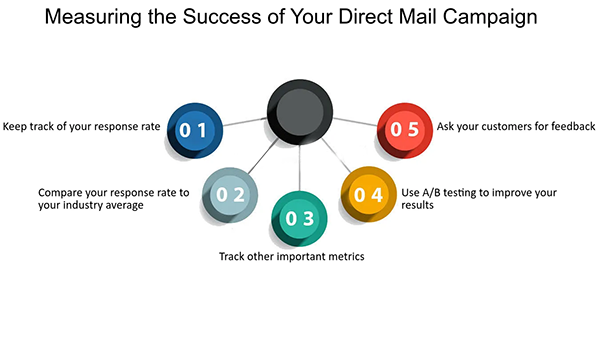
In the realm of direct mail marketing, understanding the success of your campaign is paramount. It’s not just about sending out a bunch of mails and hoping for the best. It’s about measuring, analyzing, and optimizing. This section will delve into the intricacies of measuring the success of your direct mail campaign, focusing on understanding response rates and tracking your campaign. Let’s dive in and explore how these elements can make or break your direct mail marketing strategy.
Understanding Response Rates
Understanding response rates in direct mail campaigns is a key performance indictor of the marketing strategy’s success. On average, response rates for national direct mail campaigns can range anywhere from 2.7% to 4.4%. In some studies, such as that by the Association of National Advertisers, the response rate has shown to spike as high as 9%.
The effectiveness of a mail campaign versus other marketing strategies, for example, email marketing, is quite notable, with email campaigns normally generating a 0.6% to a 1% response rate—a fraction of what one could achieve with direct mail.
It’s crucial to remember, however, that effective direct mail marketing is not solely about large volume. For first-time campaigns, it could be wiser to start with a small list and a limited run. This not only helps determine an average response rate but also assists in deciding the volume for future campaigns.
It’s vital to gather data, assess trends, and make tweaks for better performance. Above all, understanding response rates helps delineate the future course of direct mail campaigns, ensuring your brand garners the best possible results.
Tracking Your Campaign
To fully comprehend the impact of your direct mail campaign, it’s crucial to have in place a robust tracking system. Tracking allows you to clearly gauge the effectiveness of your campaign, analyzing response rates and thereby making it possible to optimize future endeavors.
Moreover, including unique identifiers in your mails, like promo codes or QR codes, can simplify this process. These codes not only pave an easy pathway for your customers to reach your website but also provide valuable insights into customer engagement.
It’s essential to remember that tracking is more than just counting the number of mails opened or promo-codes used. It’s about analyzing these results to enhance your direct mail marketing strategy. This process provides an understanding of your campaign compared to the standard rate for direct mail.
The intricate nature of direct mail tracking might seem daunting initially. However, its indispensable value in measuring the success of your mail campaign cannot be overstated. With a carefully structured tracking process, achieving success with direct mail marketing becomes an achievable goal.
Embracing Direct Mail Marketing for Ecommerce Success
In conclusion, direct mail marketing is a powerful tool that ecommerce businesses can leverage to reach a large audience, boost customer loyalty, and drive lead generation. It’s a form of marketing that allows you to send a physical piece of promotional material directly to your potential customers, creating a tangible connection that can boost recognition and drive purchases.
Moreover, by targeting the right audience with attention-grabbing designs, you can save money on your direct mail campaigns and increase your response rates. Remember, the success of your direct mail campaign lies in understanding your target market and tracking your campaign’s performance.
So, don’t shy away from this traditional form of marketing. Embrace direct mail marketing and watch your ecommerce business thrive.
After all, in the battle for consumer attention, sometimes the most reliable way to engage with potential customers is to send them an offer they can literally hold onto.


